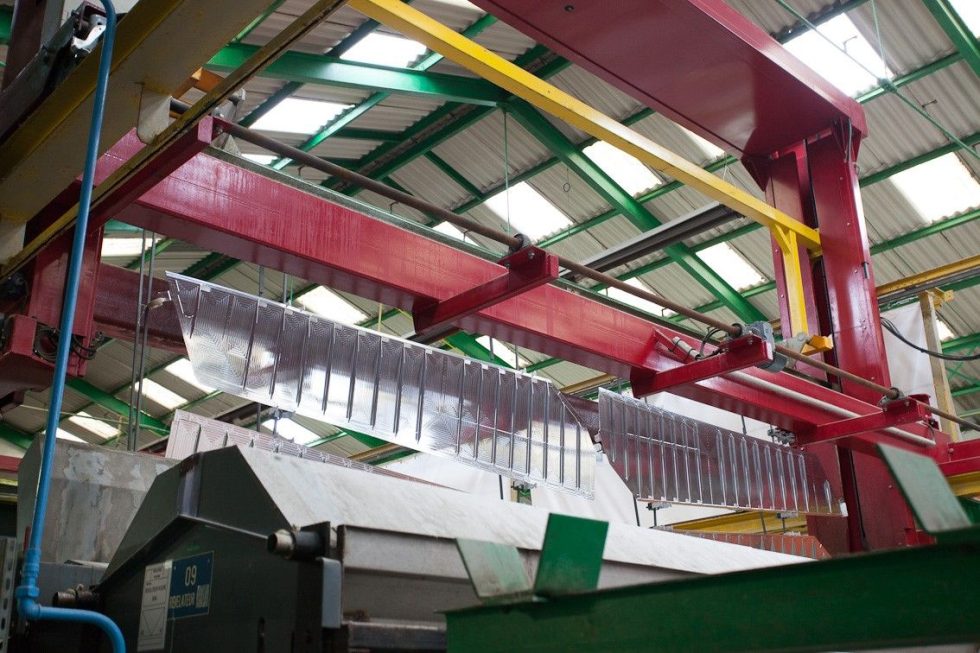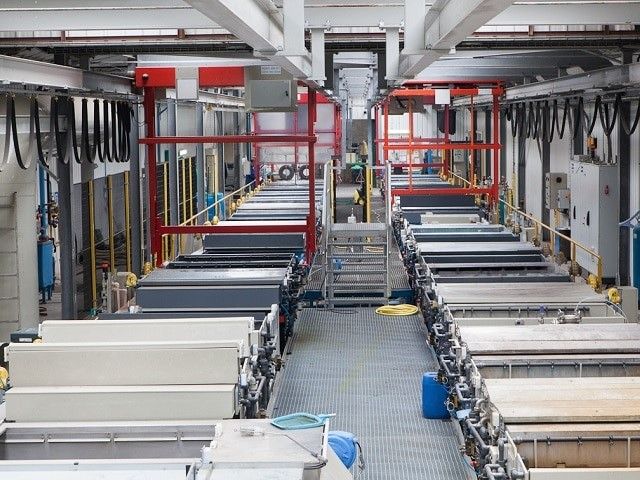Aalberts entrusts the upgrade of a processing line to John Cockerill to meet the demands of the aviation industry

February 12th 2024
Aalberts, one of the world leaders in surface treatment solutions, has entrusted John Cockerill with the modernization of one of its production lines, to increase processing capacity and integrate new cutting-edge large-scale technologies such as anaphoresis to keep pace with the growing requirements of the aeronautical sector.
Quality at the service of the most demanding clients
With its international footprint, the Aalberts Group is a supplier to demanding industries, including aeronautics, which explains the high expectations for this project. Without a doubt, the most important part of this modernization will be the installation of an anaphoresis painting cell. This electrolytic deposition painting process will allow the client to treat parts up to 4 m long with a possible extension up to 5.7 m, a feature that makes this process ideally suited for the aeronautics industry.
The new Aalberts line will be erected on the client’s site in Villers Côtterets (a French town in Picardy located 1.5 hours from Paris). It will also be equipped with a non-destructive penetrant testing installation meeting strict aeronautical testing standards. It will include 1 application cabin and 2 reading cabins. The cabins will be supplied with parts by automatic transfer devices.
In order to increase productivity, the new line will be equipped with a high-capacity robot and controlled by our CATS® supervision software which also ensures the traceability of all processing parameters in accordance with the NADCAP (American certification for special aeronautical processes) standard.
Towards environmentally friendly treatments
The anaphoresis process not only guarantees excellent resistance to corrosion, but also offers other major advantages compared to spray painting processes such as cataphoresis, both in ecological and HSE (Health, Safety, Environment) terms. As such, the paints used do not contain chromium VI and comply with the requirements of the EU regulation regarding chemical substances REACH (Registration, Evaluation, Authorization and Restriction of Chemicals). In addition, the anaphoresis process is less energy intensive with a gain of up to 10%.


